
Category: energy – Page 212

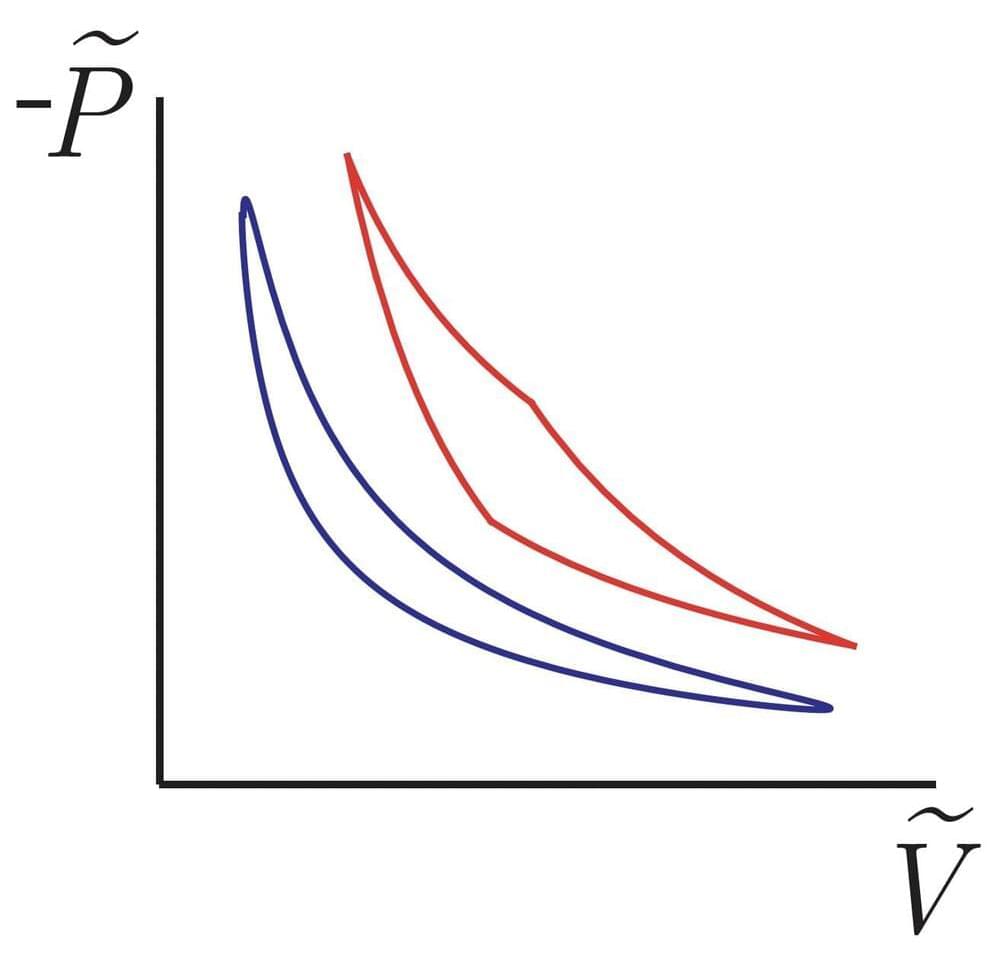
Using thermodynamic geometry to optimize microscopic finite-time heat engines
Stochastic thermodynamics is an emerging area of physics aimed at better understanding and interpreting thermodynamic concepts away from equilibrium. Over the past few years, findings in these fields have revolutionized the general understanding of different thermodynamic processes operating in finite time.
Adam Frim and Mike DeWeese, two researchers at the University of California, Berkeley (UC Berkeley), have recently carried out a theoretical study exploring the full space of thermodynamic cycles with a continuously changing bath temperature. Their results, presented in a paper published in Physical Review Letters, were obtained using geometric methods. Thermodynamic geometry is an approach to understanding the response of thermodynamic systems by means of studying the geometric space of control.
“For instance, for a gas in a piston, one coordinate in this space of control could correspond to the experimentally controlled volume of the gas and another to the temperature,” DeWeese told Phys.org. “If an experimentalist were to turn those knobs, that plots out some trajectory in this thermodynamic space. What thermodynamic geometry does is assign to each curve a ‘thermodynamic length’ corresponding to the minimum possible dissipated energy of a given path.”
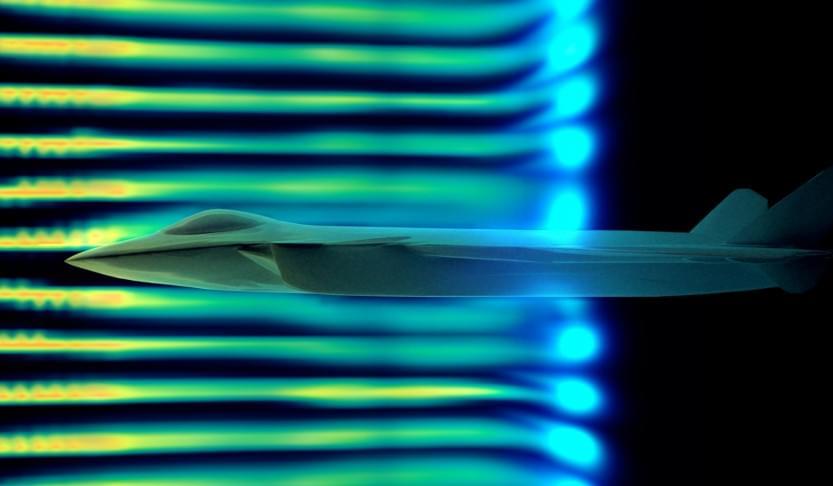

Cooling Down Carbon Molecules Using a Laser
Credit: VENTRIS/Science Photo Library via Getty Images
By Amal Pushp, Affiliate Physicist at the Resonance Science Foundation
Quantum mechanics prohibits any quantum system from achieving a temperature that is equal to absolute zero. However, using Laser cooling, which is a highly efficient spectroscopic technique, atomic samples could be cooled to near absolute zero thus bringing them to their lowest achievable quantum energy state. Scientists have been advancing this technique for decades now and an important question that arose recently is whether carbon molecules, which are an integral component of life on earth, could be laser-cooled.
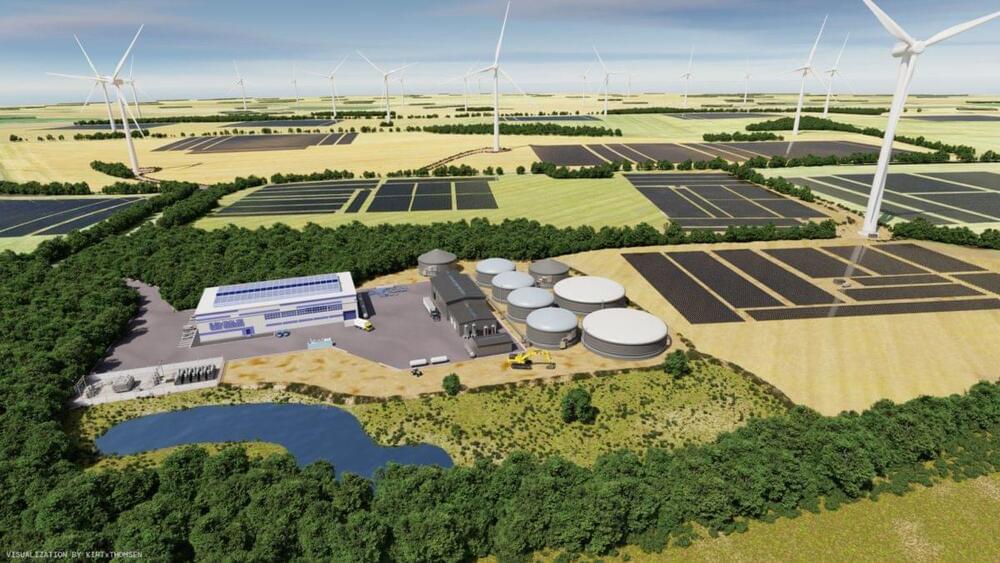
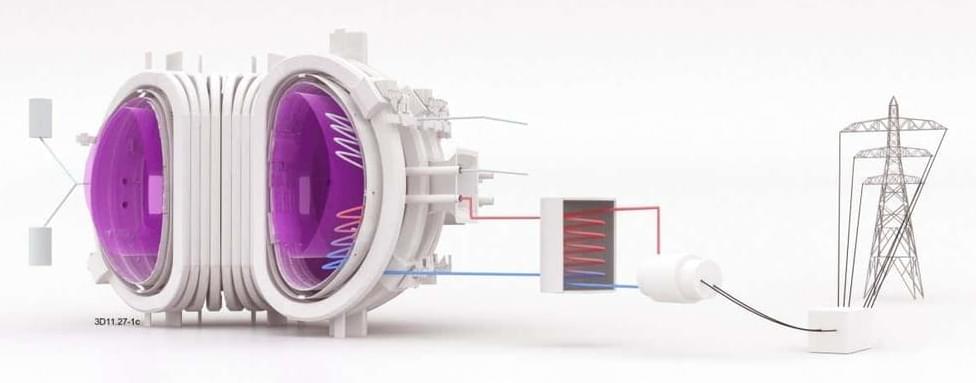

Thermoelectrics: From heat to electricity
A lot of heat gets lost during the conversion of energy. Estimates even put it at more than 70%. However, in thermoelectric materials, such as those being studied at the Institute of Solid State Physics at TU Wien, heat can be converted directly into electrical energy. This effect (the Seebeck effect) can be used in numerous applications in industry but also in everyday life.
Recently, Ernst Bauer’s research team made an exciting discovery in a thermoelectric material consisting of iron, vanadium and aluminum (Fe2VAl). The researchers recently published their results in Nature Communications.
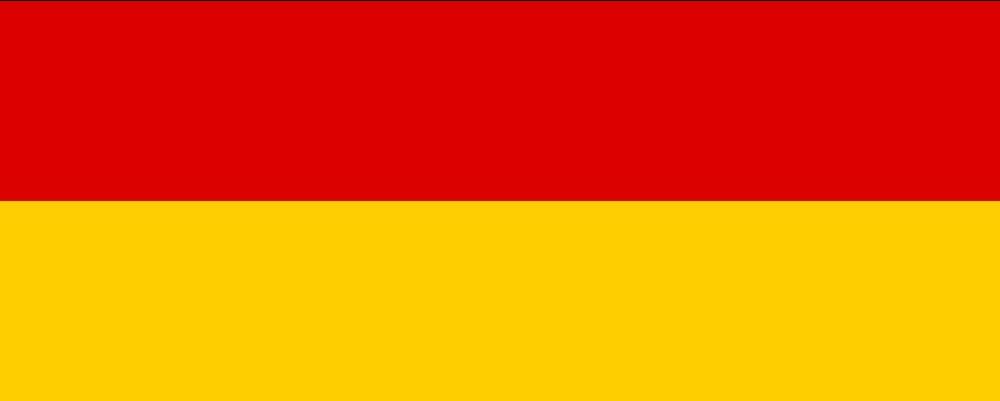
First ‘sand battery’ developed to heat homes or balance renewable energy for grid
“The construction of the storage went well, especially considering that the solution is completely new,” said Polar Night co-founder and chief technology officer Markku Ylönen in a statement.
“We managed to get everything in order despite some challenges and a short delay.”
He said the first installation has shown that the system “has even more potential than we initially calculated”.